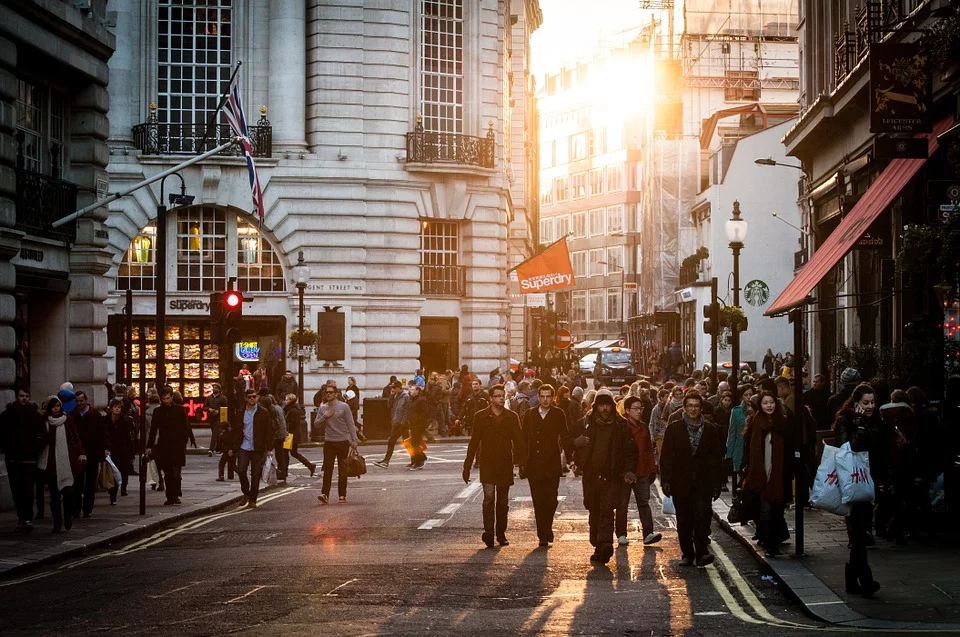Lloyds: Consumer confidence edges back as non-essential spending improved in May
Spending on non-essential items improved in May signalling an increase in consumer confidence, according to the latest data from Lloyds Bank.

Following April’s 42% year on year fall which was the biggest drop on record, spending in May was down 32% giving hope to businesses that demand is still there.
Whilst the lockdown was eased slightly in the month to allow more social interaction outdoors, the impact of those changes on spending was minimal.
The amount spent on restaurants fell 73% year on year, down one percentage point from April. However, money spent on recreation improved 9 percentage points from a 72% fall in April to 63% in May. Positive increases in spending on electrical goods (29%) and items for the home (8%) have also helped non-essential spend to balance losses seen in the month before.
However, the differences and driving factors in spending behaviour in lockdown is markedly different across age groups. The over 65s have pulled back their spending on non-essentials the most, down 42%. Around a third of this fall was due to the continued drop in spend year on year on restaurants and holidays, down 85% and 94%, respectively.
Young adults across the UK spent 12% less on essentials, including transport, than a year ago, compared to an average drop across the UK of 3%.
Essential spend recovered following April’s 5% fall, driven by the continued increase in spend on groceries, up 26% year on year in May. Fuel spend, down 58% in April, also recovered slightly to -46% in May.
However, the month was still defined by the ‘Stay at Home’ message from the UK Government. This meant that similar to April, spending on commuting in May was down 86% compared to last year.
This had a particularly acute impact on 18 – 24-year-olds, who’s essential spend fell 12% in May driven predominately by less spending on transport, such as falls in commuting costs (83%) and fuel (39%), which together take up a large proportion of their essential spend.
Further still, rent payments by this age group fell significantly more than any other age group, 8% year on year, further adding pressure to essential spend. Rent payments increased in May for all ages above 35, and fell by just 1% for 25 – 34-year-olds.
For those aged over 65 lower payments to health services, such as visits to dentists and opticians, was a major contributor to its greater than average fall in essential spend in May; -3% of the 6% fall.
The fall in essential spend across all age groups was tempered by the continued increase in spending in supermarkets, up 26% year on year in May, the same increase seen in April. Both the youngest and oldest in society increased spend by the least (5% and 2% respectively) providing further reason for their exaggerated dip in essential spend in May.
Gabby Collins, head of payments at Lloyds Bank, said: “Data taken from the reopening of non-essential shops in June showed a spike in spending of 110% on clothing alone, adding hope that the slight recovery in May of non-essential spend will be sustained as other parts of the economy slowly come to life.
“As ever, we would strongly encourage everyone to take stock of their personal financial position, and ready themselves for potential headwinds in the recovery of the UK economy.”
- Read all of our articles relating to COVID-19 here.










